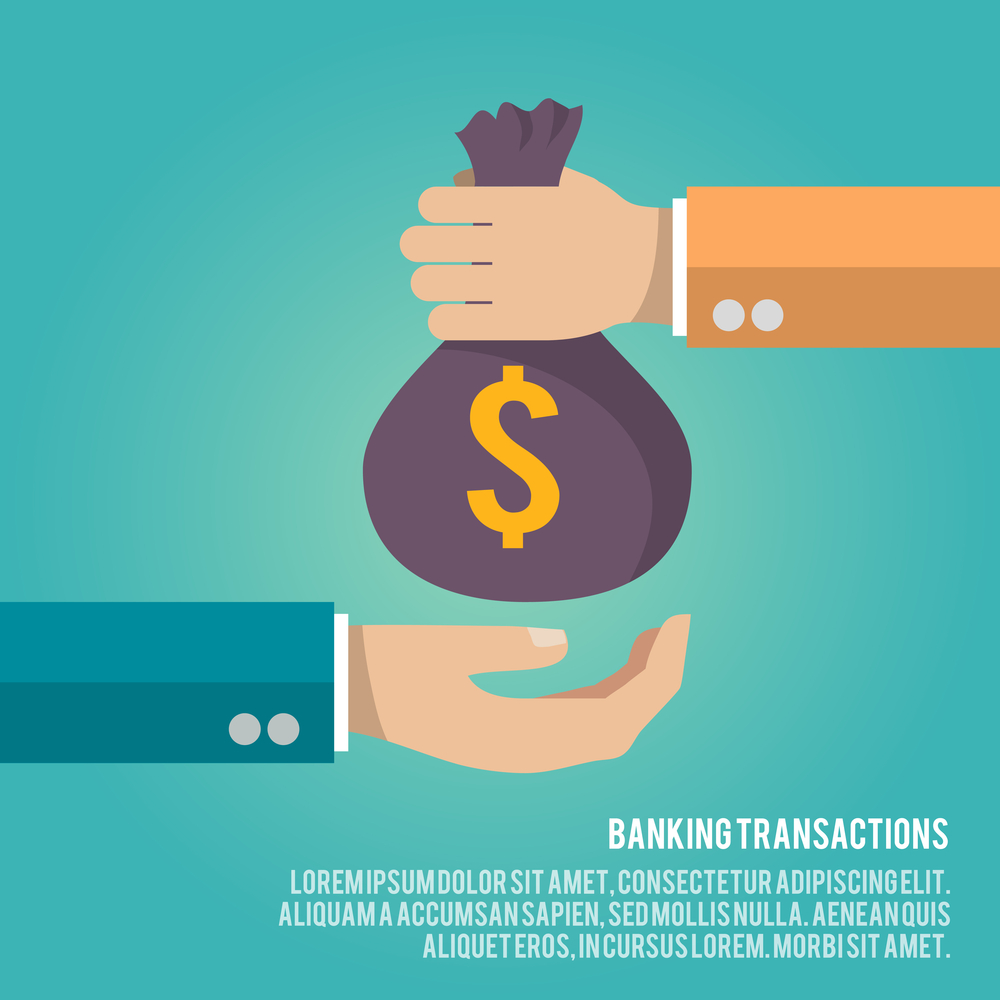What’s The Best Use Of Your Excess Cash?

“If you give a startup $1 million, they’ll find a way to spend it,” my friend and VC, Dave said to me early on in my company's life. Then he delivered the punch line. “If you give a startup $10 million, they’ll find a way to spend that too!”
[Do you want to grow your business? Maybe I can help. Click here.]
I laughed at Dave’s joke/truism. I said laughing, “The $10 million problem sounds like the kind of high class problem I’d like to have.” At the time, I was an Entrepreneur in Residence at the VC fund where Dave was a partner. I was completing the work necessary for my company to start raising our funding.
The plan I put together for the company was for an initial raise of $11 million. The money, according to the plan, was intended to last us about three years.
There was an initial hiring phase where we needed to bring in the engineers needed to produce our first batch of products. Then we would pause hiring and keep headcount relatively flat as we learned how quickly our revenue would ramp.
It felt like a smart way to run our business. We would preserve our capital, so we had enough runway to hit our milestones before raising the next round.
Challenge #1: Resisting the push of your investors to grow at all costs.
We ended up raising $12million instead of the $11 million we were aiming for (pro tip: never turn down extra money :-)) from two well known Sand Hill Road VC firms. Gill represented one of the funds and “Raul” represented the other fund.
About nine months into our existence, it was clear we were executing well. Our first products were ready to be announced on schedule and we were right on our hiring plan. Gill and Raul told me they were pleased with our progress.
During the closed session of the board meeting I went through the financials. Raul asked me why I was holding hiring flat for the next nine months.
I told Raul, “I’m not sure what our growth trajectory is going to be, and I want to make sure we have enough runway to raise our next round of funding.”
Raul looked at me and said, “Don’t worry Brett, we will support you. We want you to keep hiring.”
I nodded my head and said, “I appreciate your support.” Little did I know what Raul really meant. I’ll get back to this later.
Challenge #2: Determining what the constraint on your growth truly is.
I have a business planning exercise that I learned years ago that I call unconstrained planning. The idea is simply to assume there are no constraints on how much money you can raise and how many qualified people you can hire. What would be your growth in this circumstance?
Then you look at the constraints. Would the constraint be your ability to raise enough money? Then you adjust your business model based on your cash.
Would the constraint be your ability to hire enough really great employees? Then you adjust your business model using hiring as the constraint.
Or would the constraint be your revenue ramp? Then you adjust your business model based on this assumption.
If you have excess cash because the constraint is your ability to hire, then you hold onto the cash. The worst thing you can do is hire B and C players because this will hurt your company in too many to count.
Challenge #3: Growing your company at the rate of your constraint.
Back to Raul’s show of support… Yes, Raul was being sincere in his show of support for us. But he left out the second part of the statement.
What Raul really meant to say was, “Don’t worry Brett, we will support you….until we decide not to support you any more.”
In other words, there might come a time when your investors interests and your interests diverge. Then your investors will not hesitate for a nanosecond to pull their support.
But naive me didn’t know the second part of Raul’s statement at the time. I took the bait, and we accelerated our hiring plan because I felt secure about our investors support.
The increased hiring moved in our cash out date by about six months. And, on cue, Raul’s fund, due to a fight Raul was having with the managing partner of his fund, pulled their support. Gill, our other investor, continued supporting the company.
Oh how I wish I ran the company based on my original plan of delaying hiring. Maybe we could have avoided the yearlong fight to the death we had with Raul. We won the fight with Raul, but the fight caused permanent harm to the company.
Conclusion: Understanding your real constraint may be critical to your survival.
That leads to the real takeaway. The constraint on your company may not be cash. And, if you think it’s cash, and you spend the extra cash you have, you may end up killing your company in the process.
For more, read: What Is The Best Strategy For You To Impress Investors?